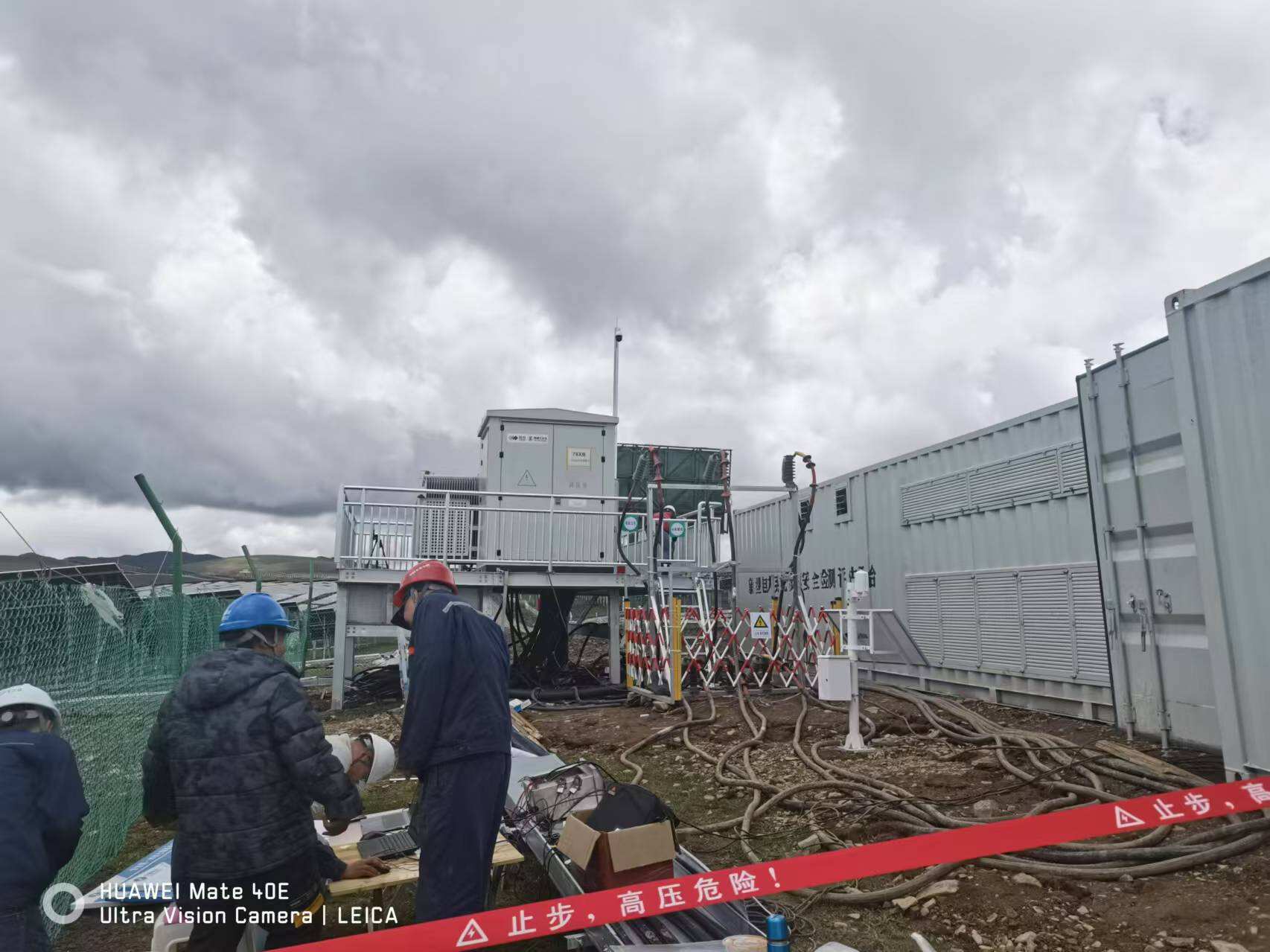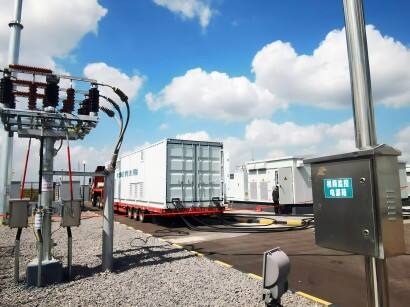grid connection test
A grid connection test is a comprehensive evaluation process designed to verify the safety, reliability, and performance of electrical systems before they are integrated into the main power grid. This critical assessment ensures that power generation equipment, such as solar panels, wind turbines, or other energy sources, meets all necessary technical requirements and regulatory standards for grid interconnection. The test encompasses multiple phases, including voltage regulation analysis, frequency response measurements, power quality assessments, and protection system verification. During the procedure, specialized equipment monitors and records various electrical parameters to confirm that the system can maintain stable operation under different load conditions. The test also evaluates the system's ability to respond to grid disturbances, ensuring proper fault protection and isolation capabilities. Additionally, it verifies compliance with grid codes and standards, including harmonics limits, power factor requirements, and anti-islanding protection. This thorough examination is essential for maintaining grid stability and preventing potential equipment damage or system failures. Modern grid connection tests utilize advanced digital monitoring systems and automated testing sequences to provide accurate, real-time data analysis and comprehensive documentation of results.




